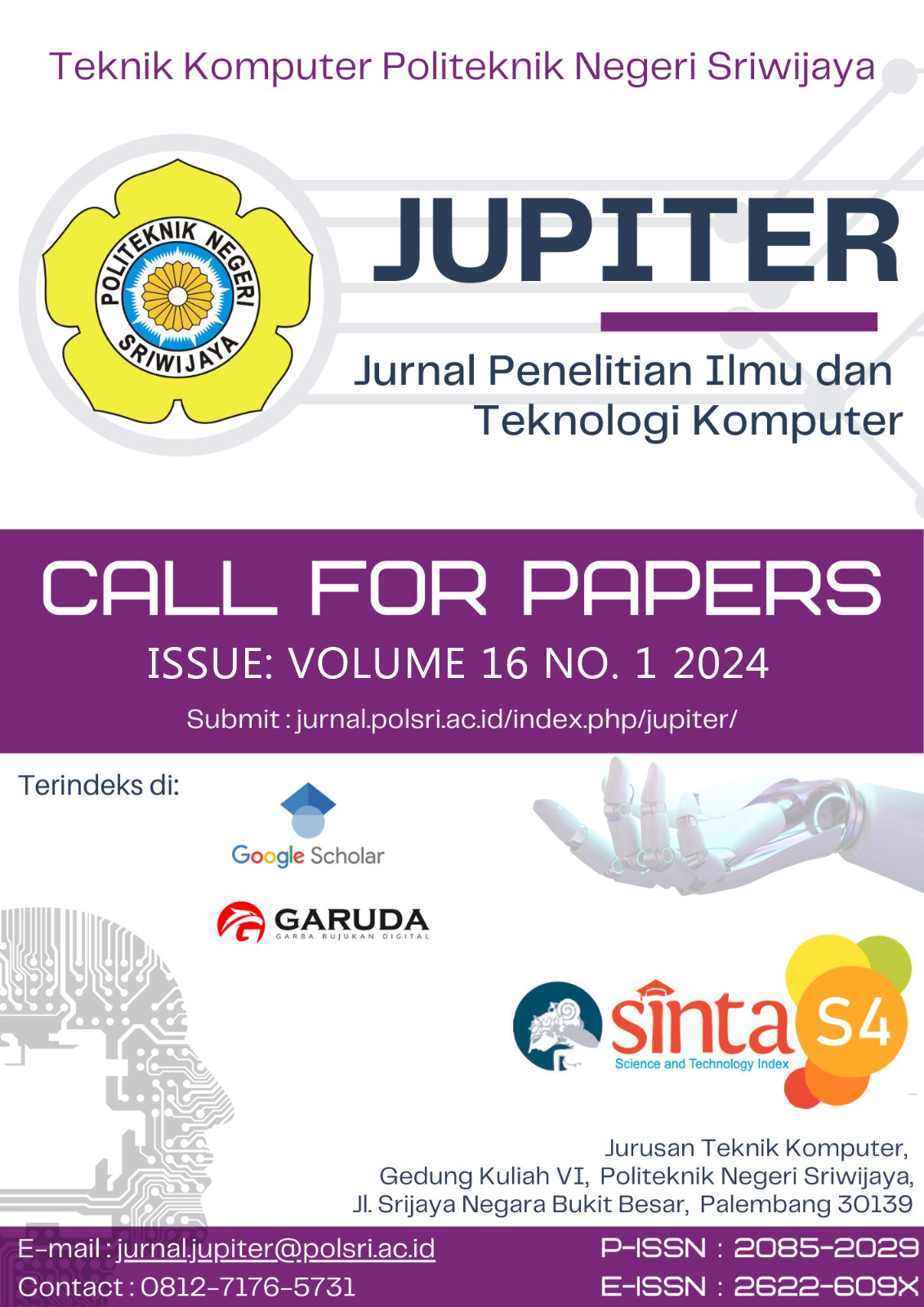Optimalisasi Manajemen Layanan RSUD Besemah Dengan Framework Cobit 5 Untuk Meningkatkan Efisiensi Dan Keamanan
DOI:
https://doi.org/10.5281/zenodo.10896259Abstract
Information Technology (IT) is a very important part of a company and is also an investment value for a better company. To support the application of good IT it is necessary to do an analysis and evaluation related to good IT governance to fit the company's strategic plan. Regional General Hospital is a facility in the field of health to handle health problems in the community. According to the regulation of the minister of health of the Republic of Indonesia Number 82 of 2013 that every hospital is required to hold a Hospital Information Management System (SIMRS). In this case Regional Hospital needs to hold SIMRS by implementing good IT to make operations efficient and effective. Therefore it is necessary to do an analysis and evaluation related to good governance so that the application of IT can be on target so that operational activities can be managed properly according to predetermined standards. The right solution for analyzing IT governance is to conduct an audit using the COBIT 5 framework. An audit is carried out in accordance with conditions and strategic plans so that research can be carried out in accordance with a predetermined process domain, namely the DSS domain (Deliver, Service, and Support) on sub -DS01 domain Manage Operations, DSS03 Manage Problems, DSS 04 Manage Continuity. The audit results can conclude the level of maturity related to the selected domain process standard and produce recommendations for IT governance at Regional Hospital
Downloads
Downloads
Published
How to Cite
Issue
Section
License
Copyright (c) 2024 Egy Septian, Nur Ayu Wulantari, Tata Sutabri

This work is licensed under a Creative Commons Attribution 4.0 International License.







